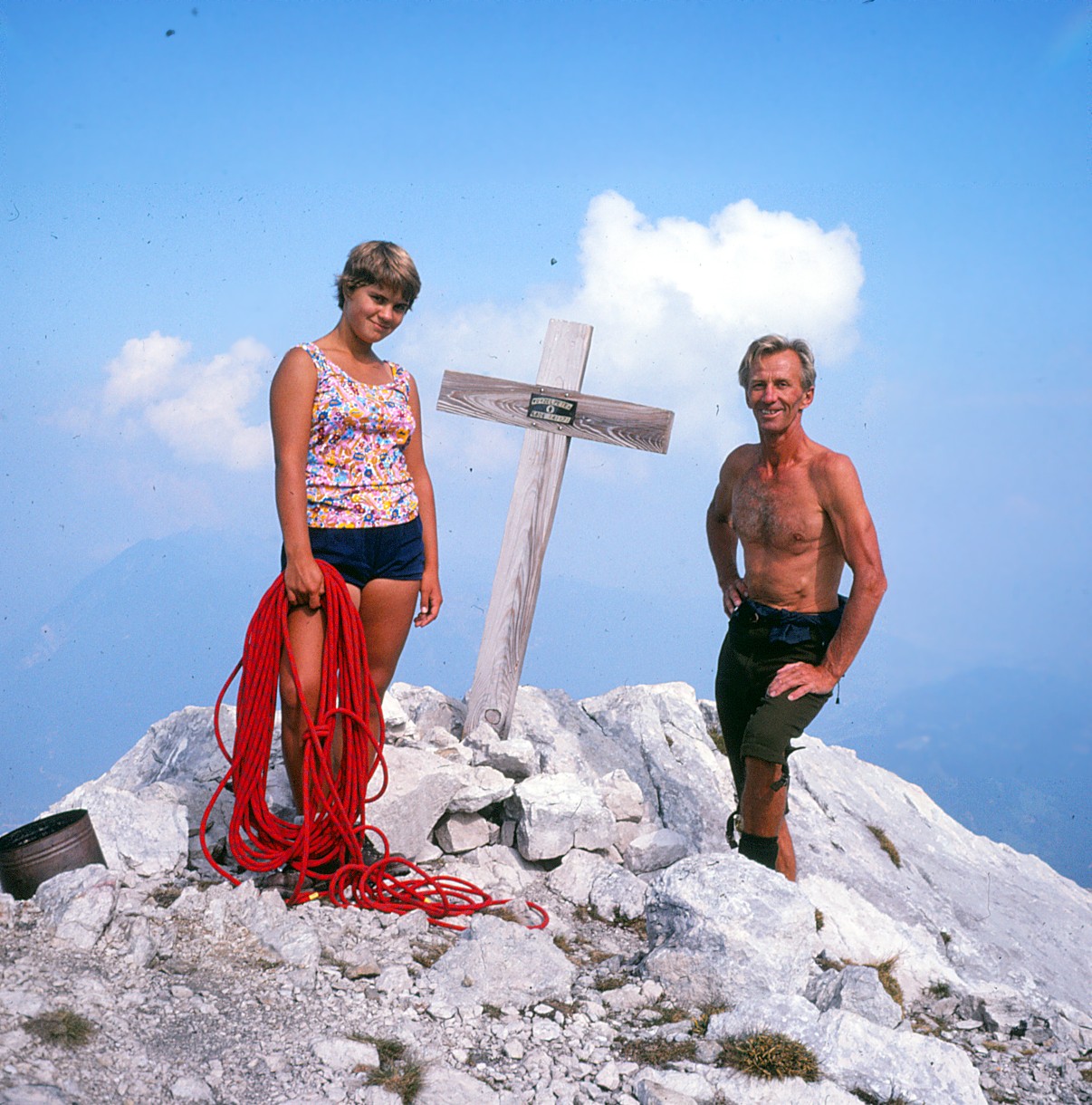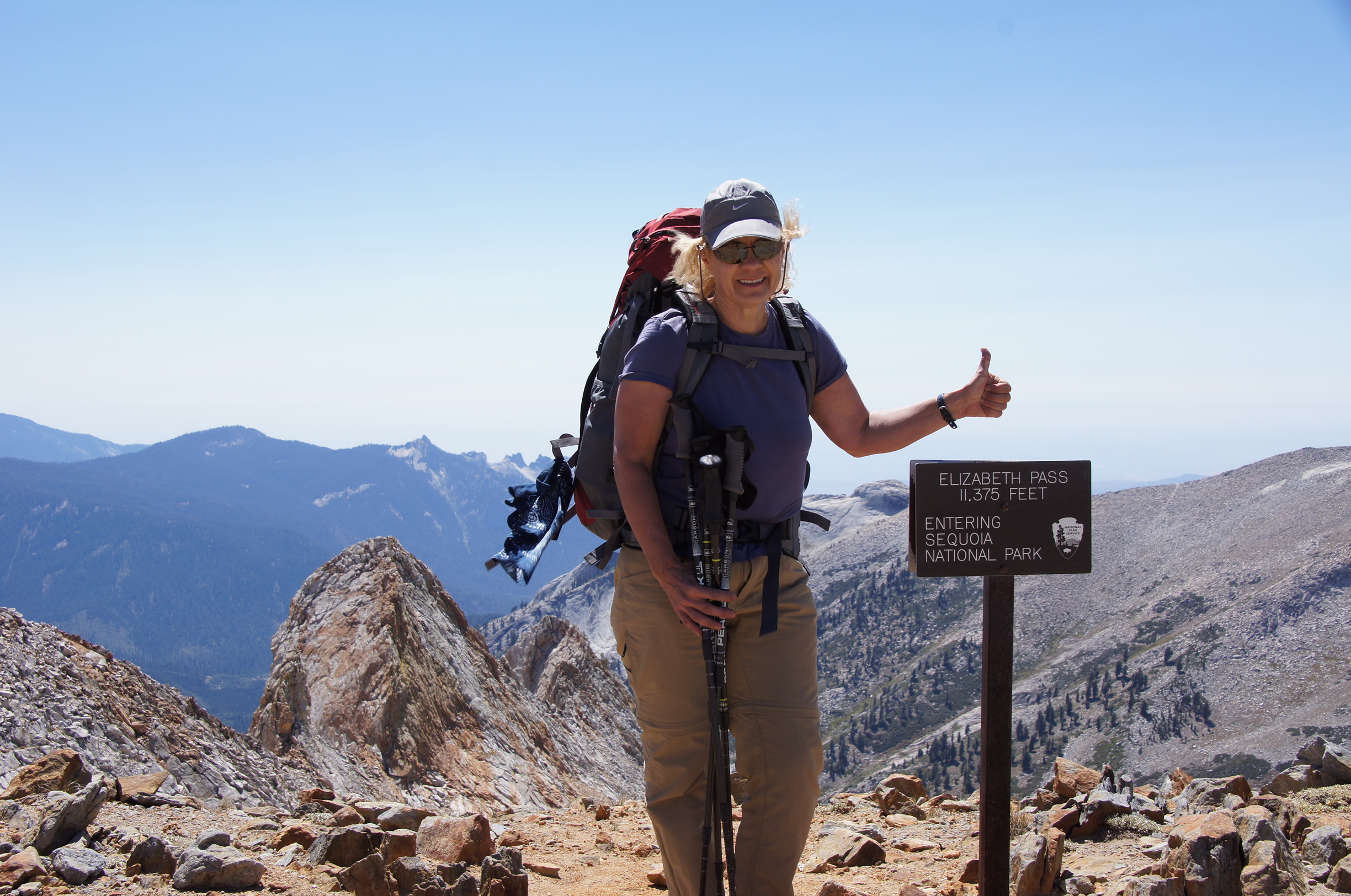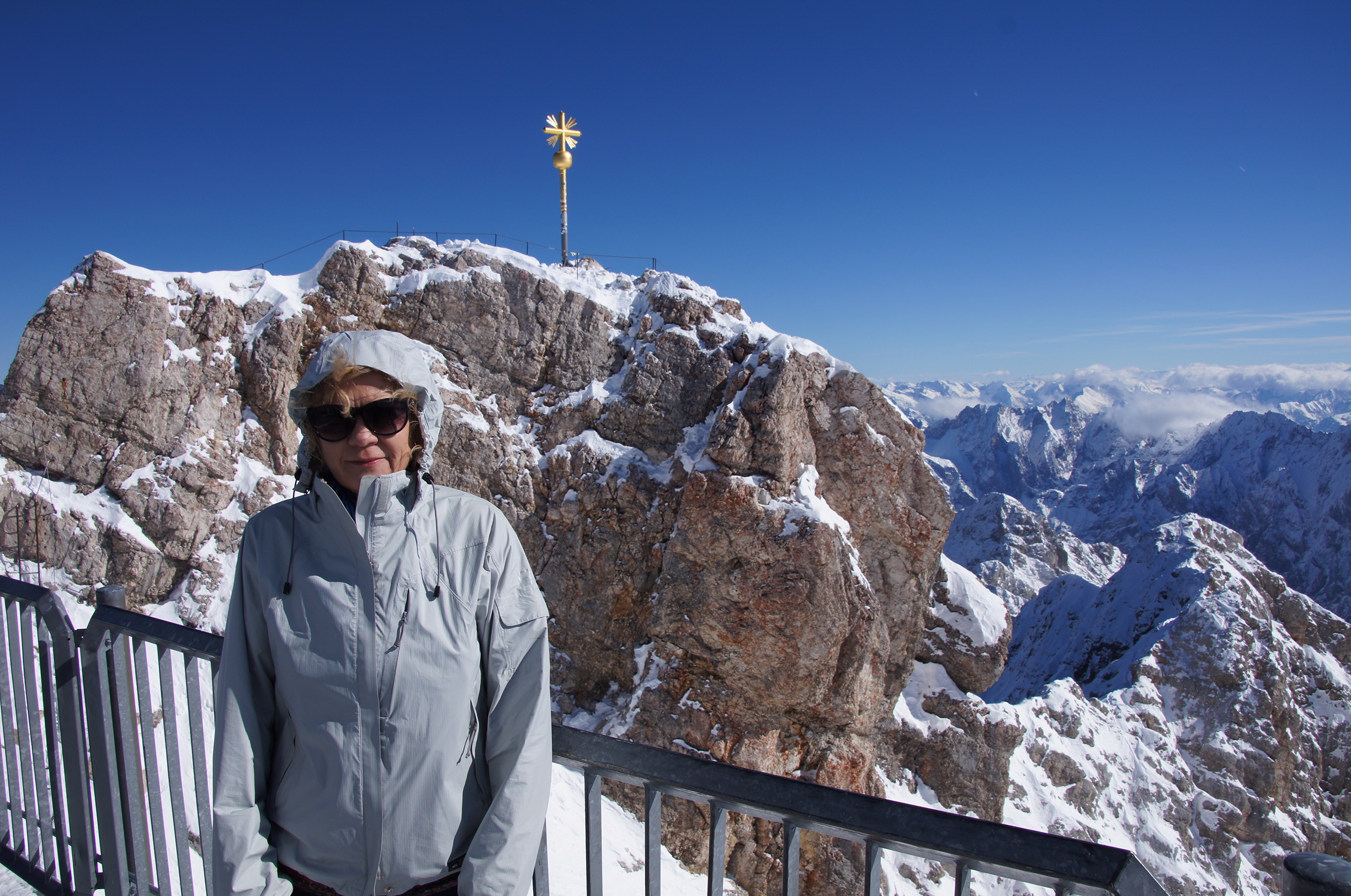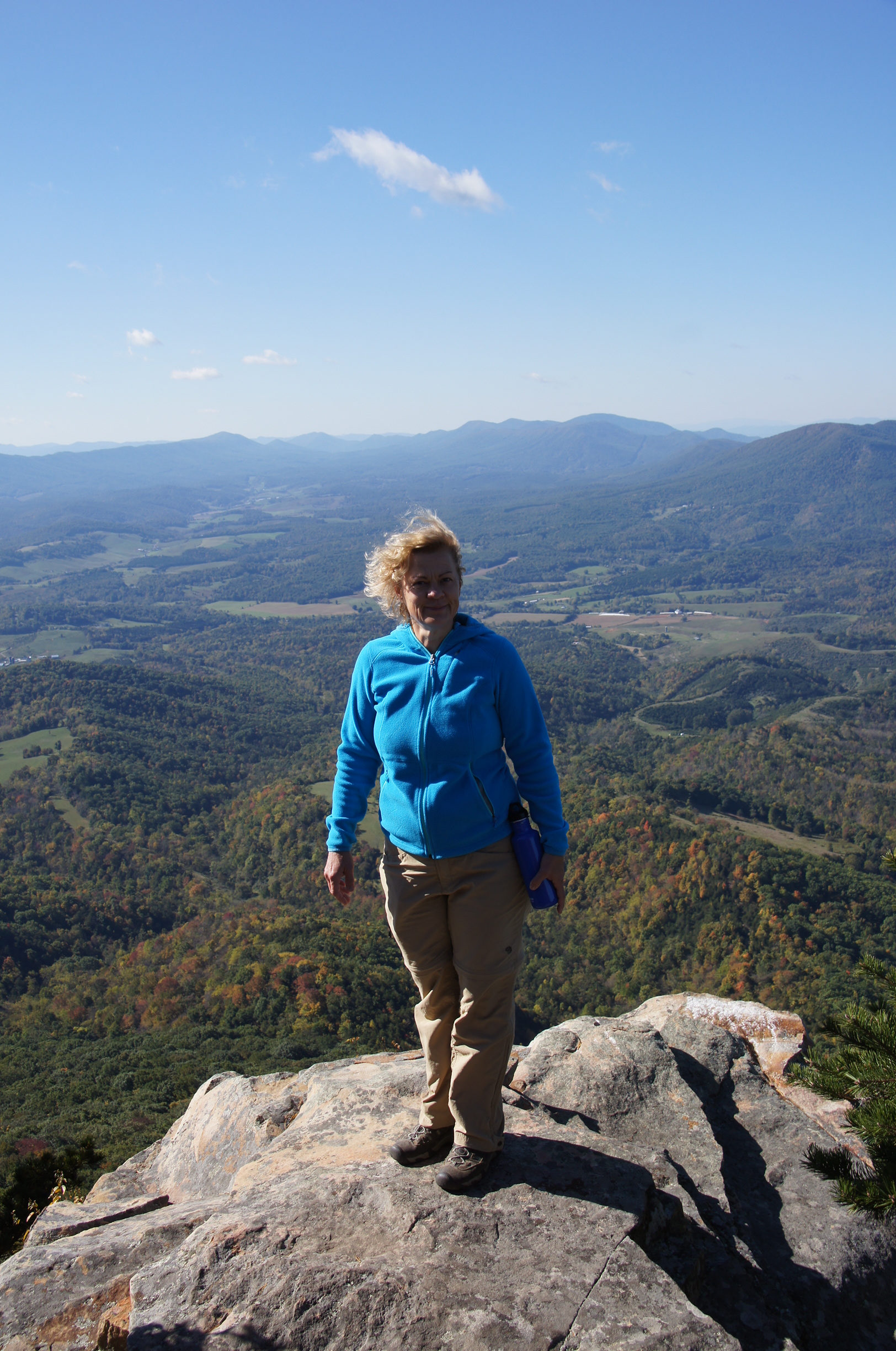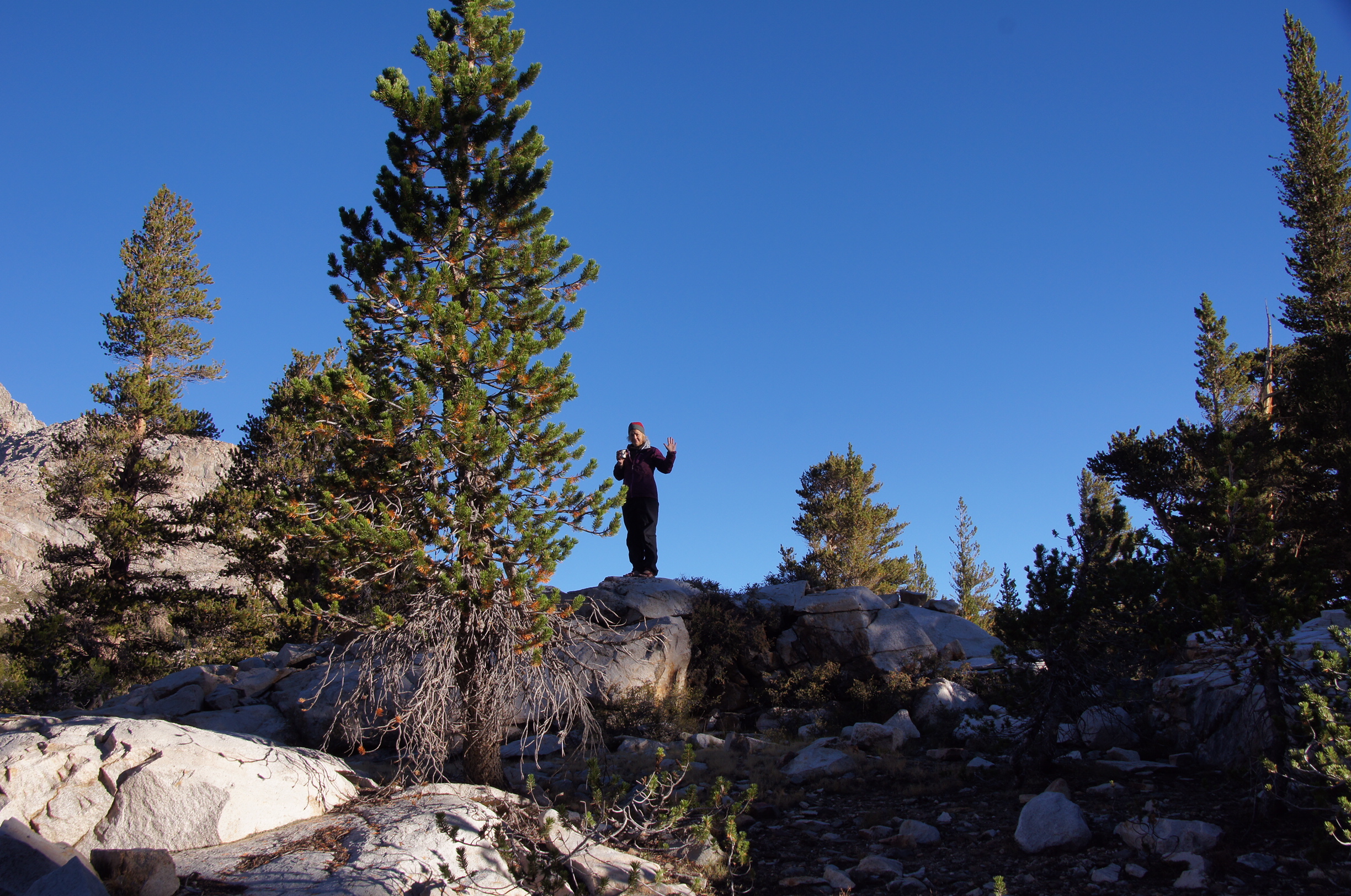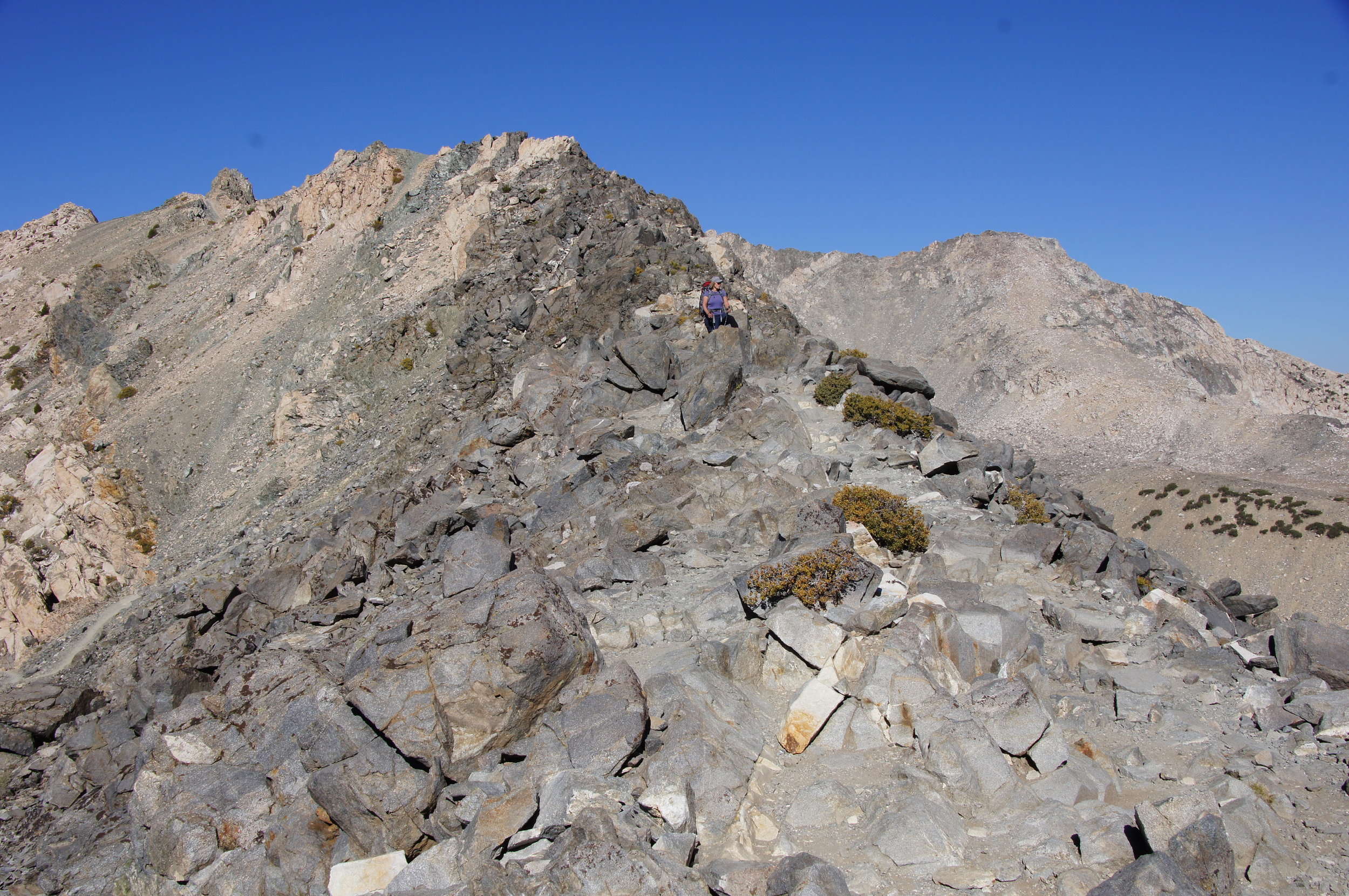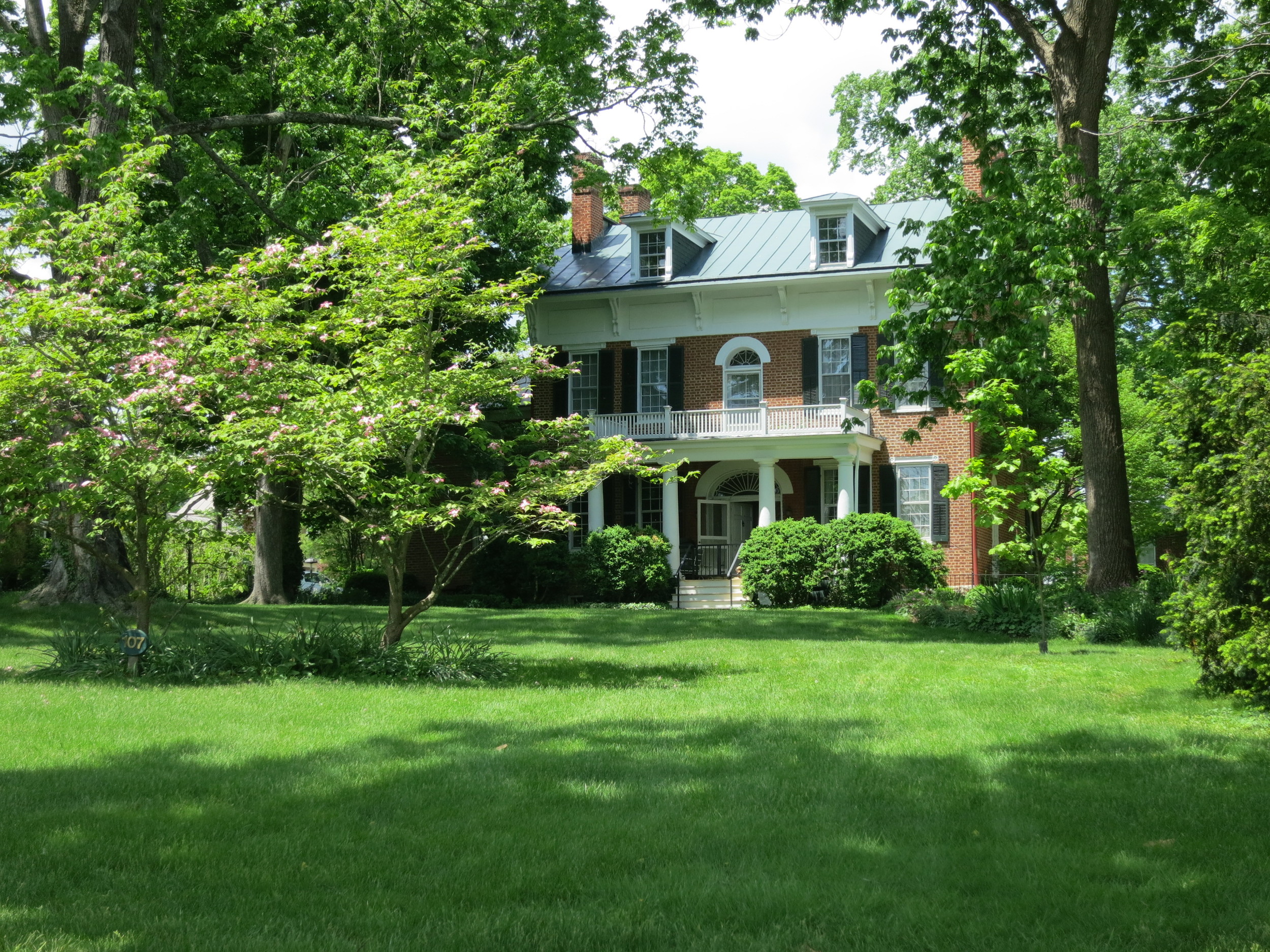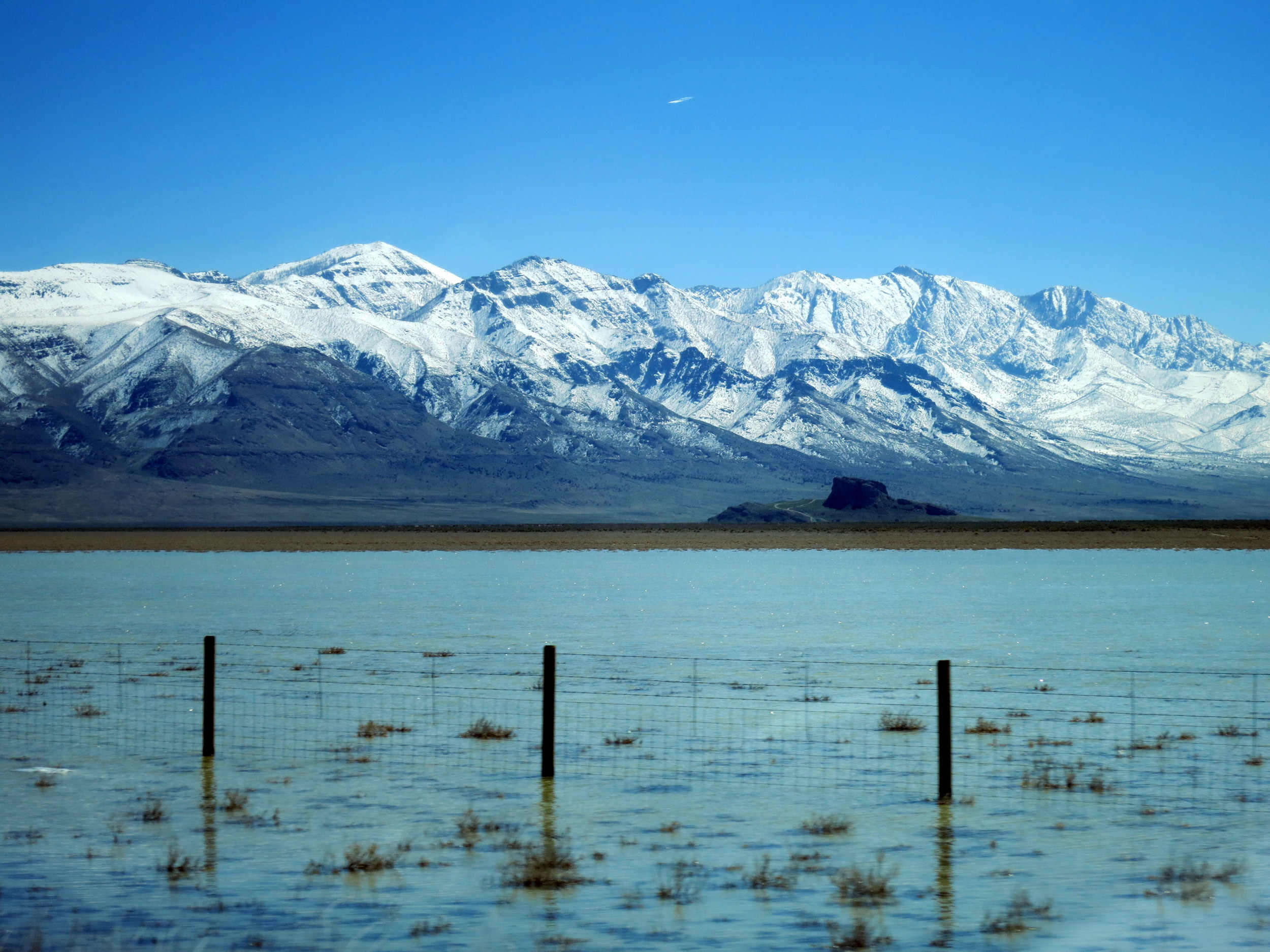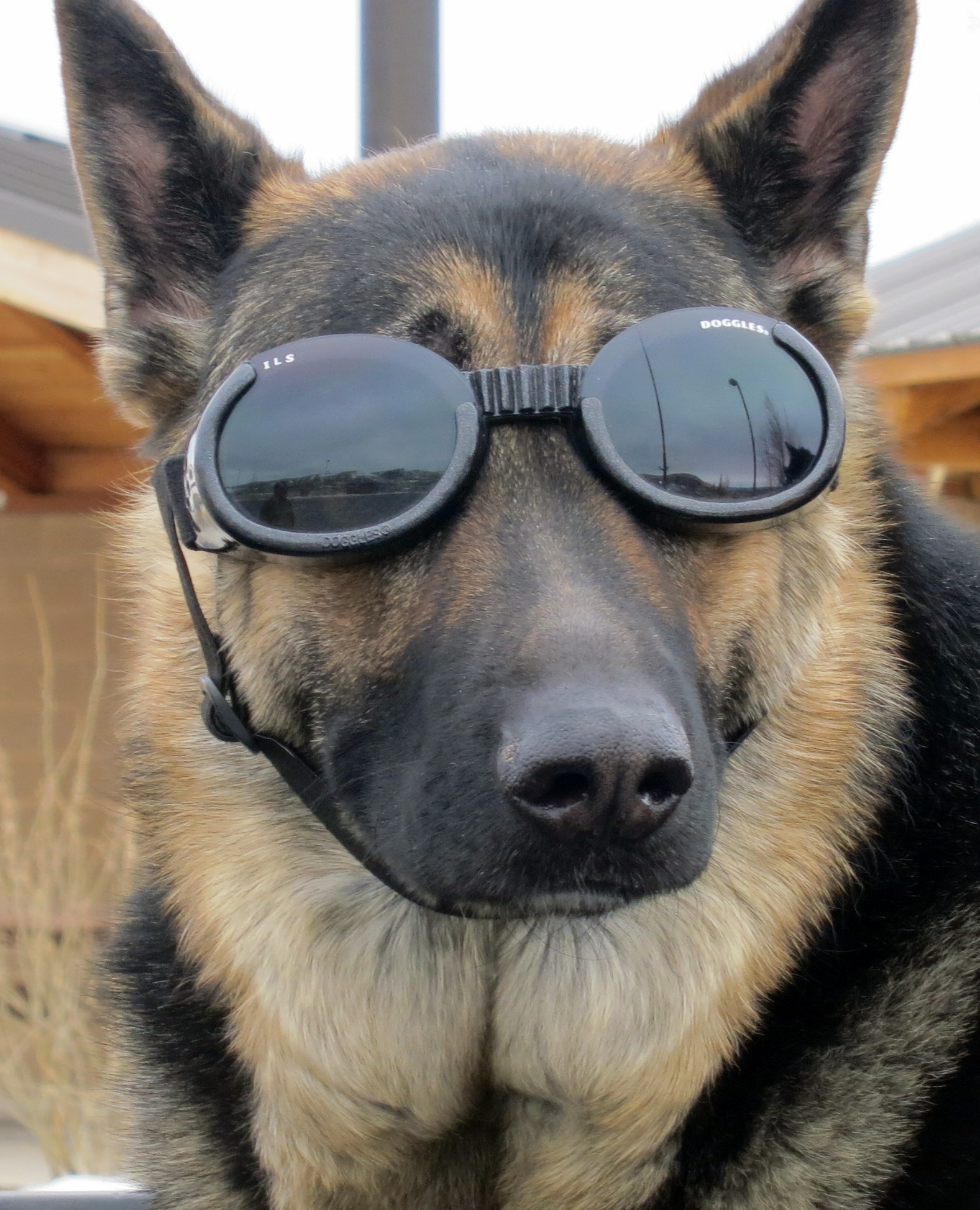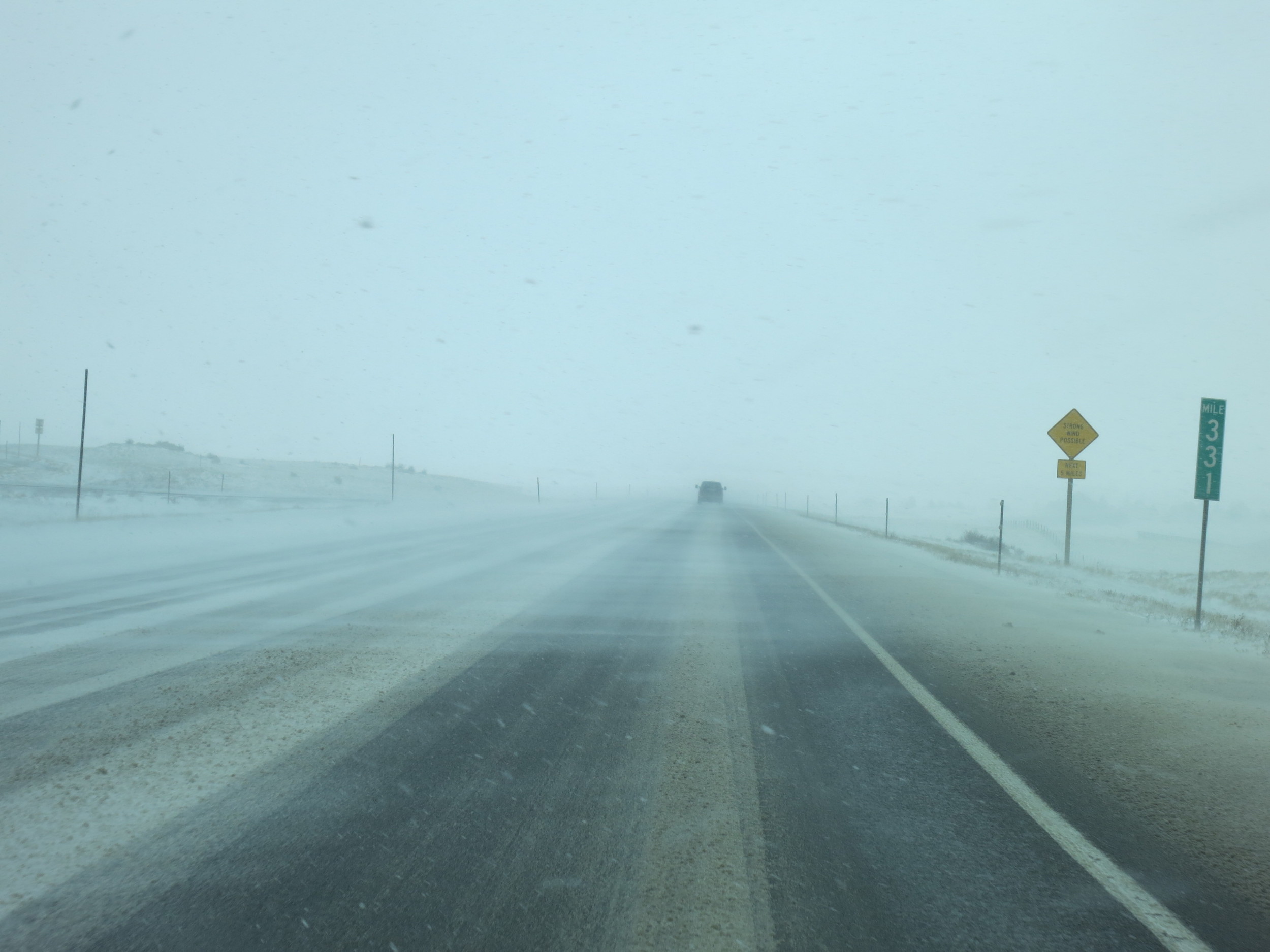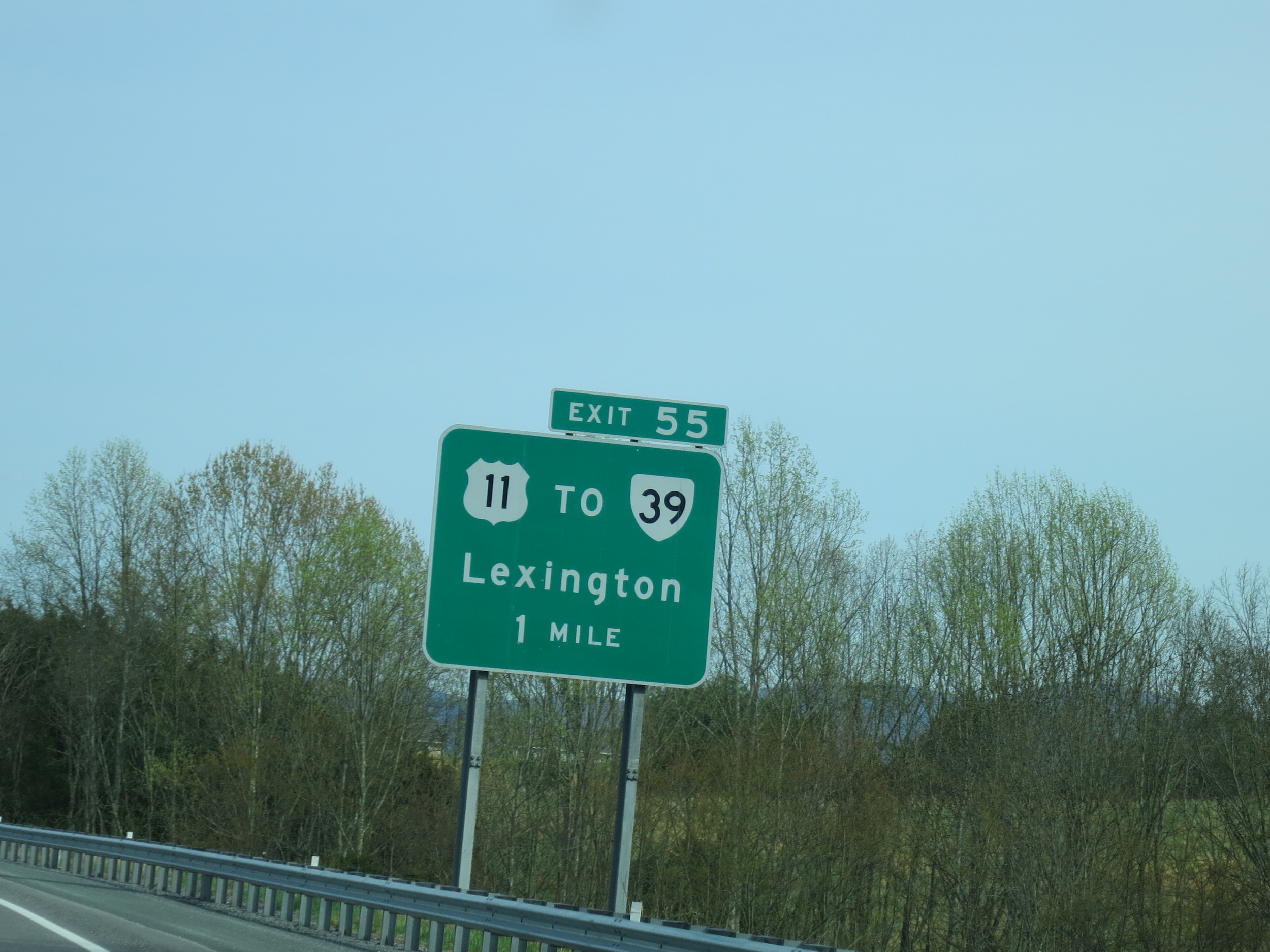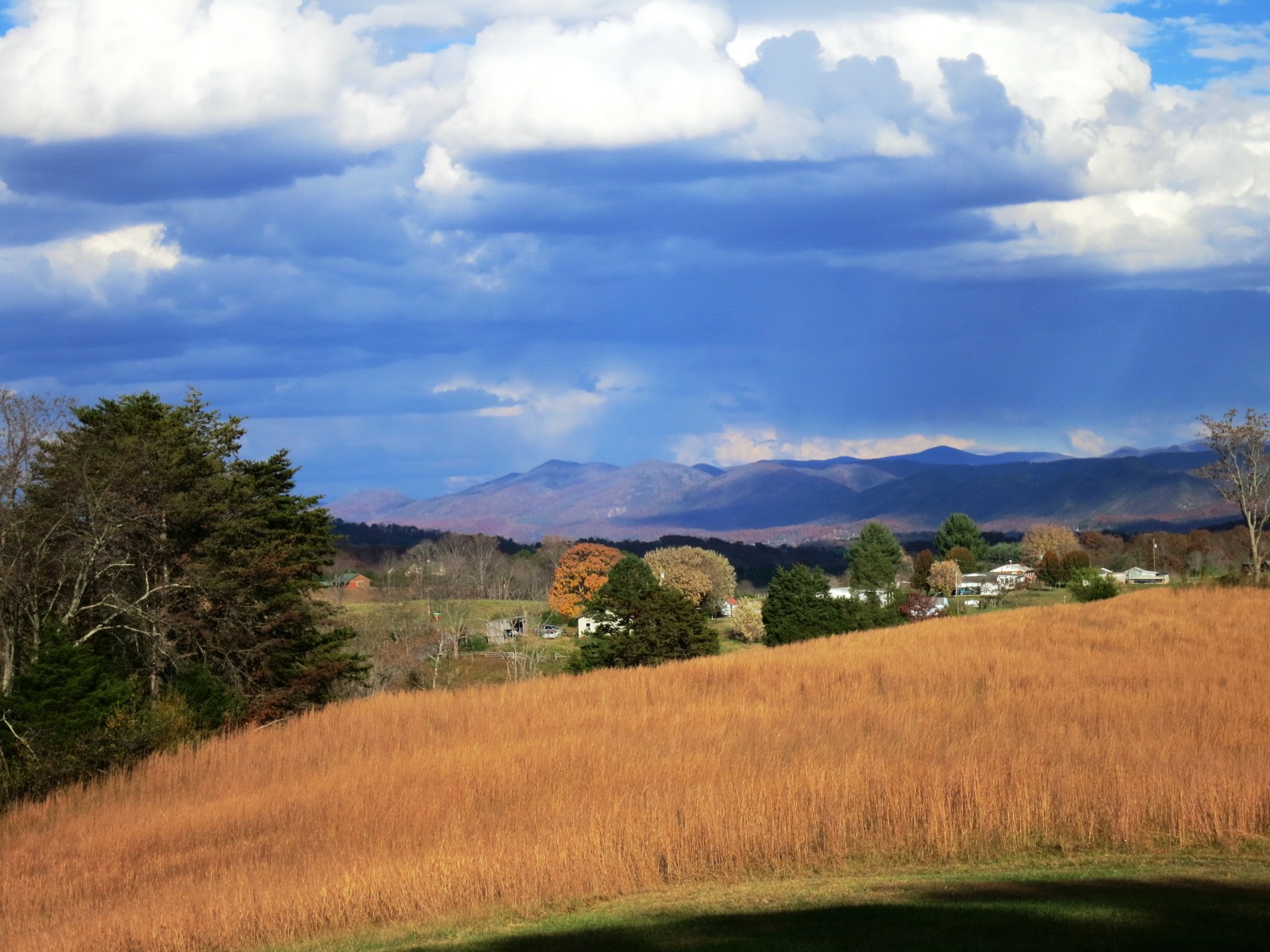The blank page. The cursor blinking, counting seconds, heartbeats. It’s intimidating as hell to stare down that white sheet and find the word with which to begin. Then the next one and the one after that.
I’d like to tell you it gets easier once you’ve written a book, or four, but it doesn’t. If anything, it gets worse. Take the book I’m working on now. (I’m the Henny Youngman of writing. Take my book—please!) I am stalling so badly on writing it that I’ve actually created a synopsis. I hate synopses! We all do. But even a synopsis is less terrifying than that empty page.
Writing must be the one profession in which the more you do it, the less you believe that you can. We’re a strange bunch but try to love us anyway.
To get myself going on this book, I’ve tried all sorts of tactics. Watching Chef’s Table isn’t working, nor is drinking wine. Not even cleaning out the closets is resulting in words on the page. So curious.
Yesterday, I was looking for a photo on my phone and happened upon this one:
That’s my vegetable garden before it had vegetables. South-facing and gently sloped, it was, before my beloved took the rototiller to it, simply part of a field. We added truckloads of compost, creating a blank canvas, and encircled it in electric fencing, to keep deer and groundhogs and rabbits from raiding it. A few months later, it looked like this:
These photos gave me an idea. What if I considered the blank page as a freshly dug plot, empty but overflowing with potential? The earth, the unplanted earth, is not blank. It is moist and rich with nutrients and life. (And weeds, sure, but I know how to pull weeds.) Tomorrow I’m going to open that word document and take a new look at the blank page. It’s not empty. It just hasn’t been planted yet. If I set down the words and tend to them, they will grow; it is the nature of both seeds and stories. So much of what they become is already present—in the soil, in the case of the garden, and in the writer, in the case of the story. The page is not blank. It is simply waiting, like a field looking toward the Blue Ridge Mountains, patient under the sun.




